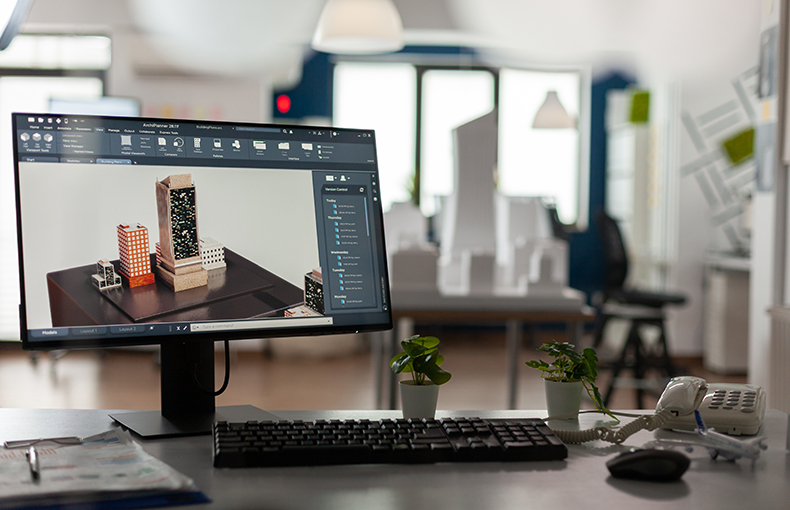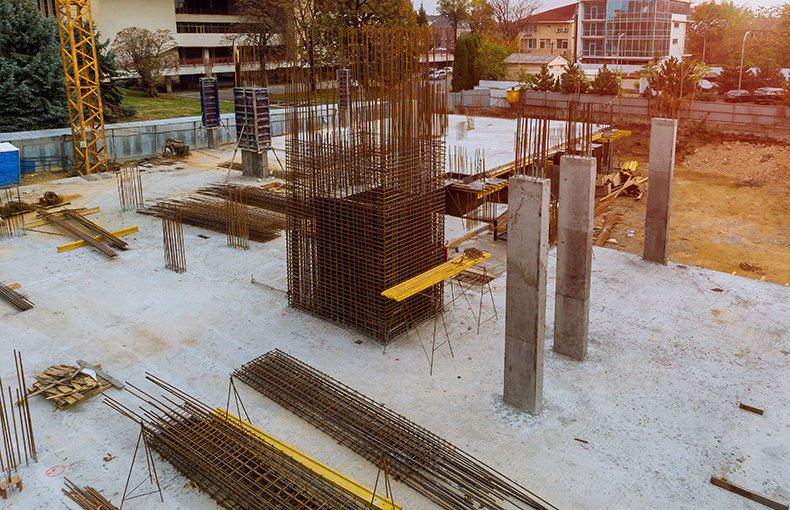How BIM Technology is Revolutionizing the Construction Industry
The construction industry has seen significant changes in recent years, especially with the advent of Building Information Modeling (BIM) technology. For firms like Hothico Architects, a company committed to pushing the boundaries of design and functionality, BIM represents not just a tool but a revolution. This transformation impacts every phase of construction, from planning and design to building and maintenance.
BIM is a digital approach that enables architects, engineers, and construction professionals to collaborate on a single, shared platform. Instead of relying on traditional 2D drawings, BIM provides a 3D digital model that encompasses every element of a building, allowing for better coordination, increased efficiency, and reduced errors.
The Evolution of BIM Technology
BIM is far more than just 3D modeling. In the past, construction projects often relied on individual 2D blueprints. Each stakeholder, whether an architect, contractor, or engineer, worked with separate sets of plans, leading to miscommunication, delays, and costly mistakes. Over the last few decades, the introduction of BIM has drastically changed this traditional workflow.
The process begins with the creation of a digital 3D model of a building, which incorporates data about its physical and functional characteristics. This model is continuously updated and improved as the project evolves. It serves as a living document that grows throughout the design, construction, and operation of the building. For firms like Hothico Architects, BIM enables them to streamline their design processes while improving the quality and accuracy of their projects.
While BIM technology is not entirely new, its adoption in the construction industry has been relatively recent. In the last ten years, the construction sector has increasingly recognized the potential of BIM to reduce costs, improve collaboration, and speed up project timelines. As technology advances, BIM systems are becoming more sophisticated, offering even greater capabilities to construction professionals.
Key Benefits of BIM for Architects
For architects like those at Hothico Architects, BIM offers numerous benefits that improve design, project delivery, and collaboration. Let’s explore some of the most significant advantages of BIM technology in architecture and construction:
Enhanced Collaboration
In traditional construction processes, architects, engineers, and contractors often work in silos. This separation can lead to communication issues and mistakes that arise when different teams are unaware of each other’s work. BIM, however, brings all stakeholders onto a single platform, where they can collaborate seamlessly. Since every update to the model is instantly visible to everyone involved, teams can identify and address issues early on, preventing costly delays or errors.
For a design-focused firm like Hothico Architects, BIM allows the creative team to work closely with engineers and contractors, ensuring that the designs are not only visually appealing but also structurally sound and feasible.
Improved Accuracy and Reduced Errors
One of the most significant advantages of BIM is its ability to reduce errors and inconsistencies in design and construction. With traditional methods, it’s easy for mistakes to occur between different drawings or as a result of misinterpretation. BIM technology eliminates these issues by providing a comprehensive, shared model that is continually updated.
For instance, architects can visualize the entire building, including mechanical, electrical, and plumbing systems, ensuring that everything fits together properly before construction begins. In this way, errors that might have been costly to fix later on can be avoided in the first place.
Faster Project Completion
BIM helps to accelerate project timelines by reducing delays caused by miscommunication, rework, or design mistakes. With BIM, all changes to the building model are automatically updated across all disciplines, preventing inconsistencies that could lead to delays. Additionally, BIM allows for better scheduling, enabling teams to identify potential bottlenecks and adjust workflows accordingly.
For a project management team, this faster pace can be the difference between completing a project on time and facing costly overruns. This efficiency is especially important for firms like Hothico Architects, where timely delivery is essential for maintaining client satisfaction and staying competitive in a crowded market.
Cost Efficiency
BIM can save both time and money, which is why it’s becoming an essential tool for construction firms. Early detection of design issues can prevent costly fixes during the construction phase. Furthermore, by improving the accuracy of estimates and reducing waste, BIM technology can result in significant cost savings over the course of a project.
BIM allows architects to create precise material lists, estimate quantities more accurately, and identify the most cost-effective solutions. For firms like Hothico Architects, this financial control is essential, ensuring that their designs are both sustainable and within budget constraints.
Enhanced Sustainability
Sustainability is at the forefront of the modern construction industry, and BIM plays a key role in promoting sustainable building practices. By using BIM software, architects can optimize building designs to improve energy efficiency, reduce resource usage, and minimize waste.
BIM allows architects to perform simulations to predict how a building will perform over time, enabling them to make informed decisions about materials, energy consumption, and waste reduction. This capability is especially crucial for firms like Hothico Architects, which focuses on delivering sustainable and eco-friendly design solutions.
Better Facility Management and Building Maintenance
BIM doesn’t just benefit the construction phase; it’s also a valuable tool for facility management and maintenance. Once a building is complete, the BIM model continues to serve as a valuable resource for managing and maintaining the structure. By keeping an accurate digital representation of the building, facility managers can track changes, monitor building systems, and perform regular maintenance more efficiently.
For buildings that require ongoing upkeep or are subject to regulatory inspections, BIM models can help streamline the process by providing detailed information about the building’s systems and components.
BIM and the Future of Construction
As technology continues to evolve, the capabilities of BIM will only expand. The integration of AI, machine learning, and other technologies into BIM platforms will further enhance the precision and efficiency of building designs.
Moreover, as the construction industry moves towards greater digitization, BIM is likely to become an even more integral part of the process. With the rise of smart cities and the growing demand for sustainable buildings, BIM will be essential in meeting these challenges.
For companies like Hothico Architects, staying ahead of these trends will be crucial. Embracing the latest BIM technologies not only allows firms to improve their current projects but also positions them to take advantage of future innovations in the construction sector.
The Challenges of Adopting BIM
Despite the clear benefits, the widespread adoption of BIM in the construction industry has not been without its challenges. The learning curve associated with BIM software can be steep, particularly for teams that are used to traditional methods. Additionally, the cost of implementing BIM technology can be prohibitive for smaller firms, which may struggle to justify the investment.
However, as BIM becomes more mainstream, these obstacles are likely to decrease. The cost of BIM software is gradually coming down, and more training resources are available to help teams transition to this new way of working.
Conclusion
BIM technology is transforming the construction industry by improving collaboration, accuracy, efficiency, and sustainability. For firms like Hothico Architects, BIM is more than just a tool – it’s a game-changing approach that helps streamline workflows, reduce errors, and deliver high-quality projects on time and within budget.
As the construction industry continues to evolve, BIM will play an increasingly important role in shaping the way buildings are designed, constructed, and maintained. By embracing this technology, companies like Hothico Architects can not only improve their current projects but also position themselves at the forefront of a rapidly changing industry.
In the end, BIM is not just about building smarter – it’s about building better. And for architects, engineers, and construction professionals around the world, this is the future of the industry.










